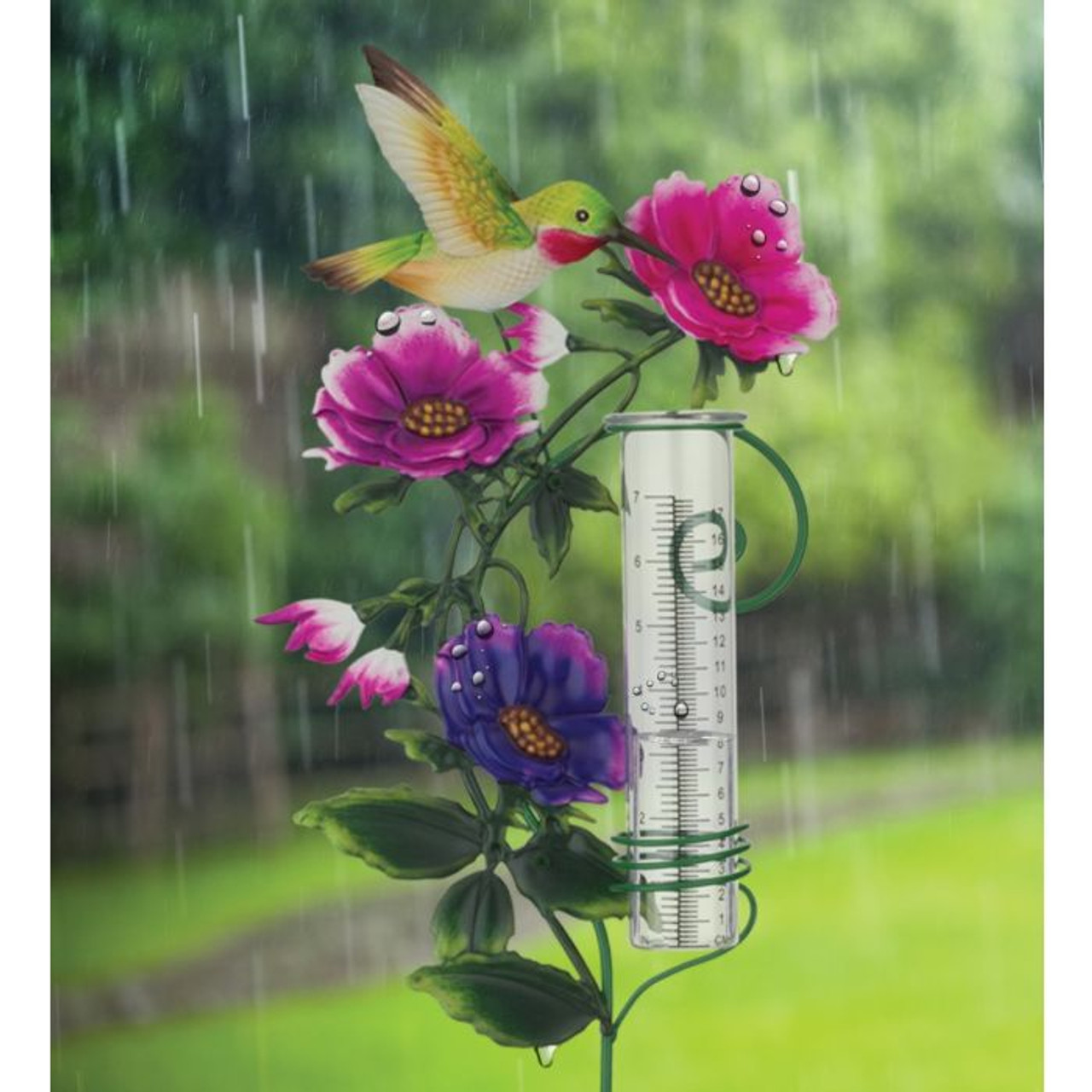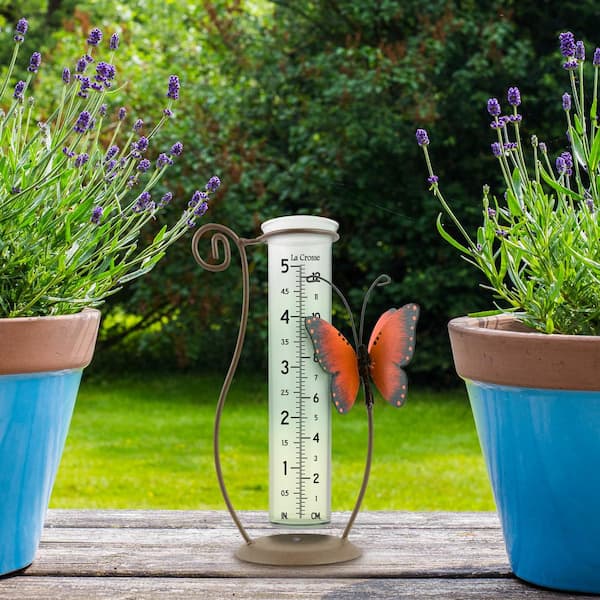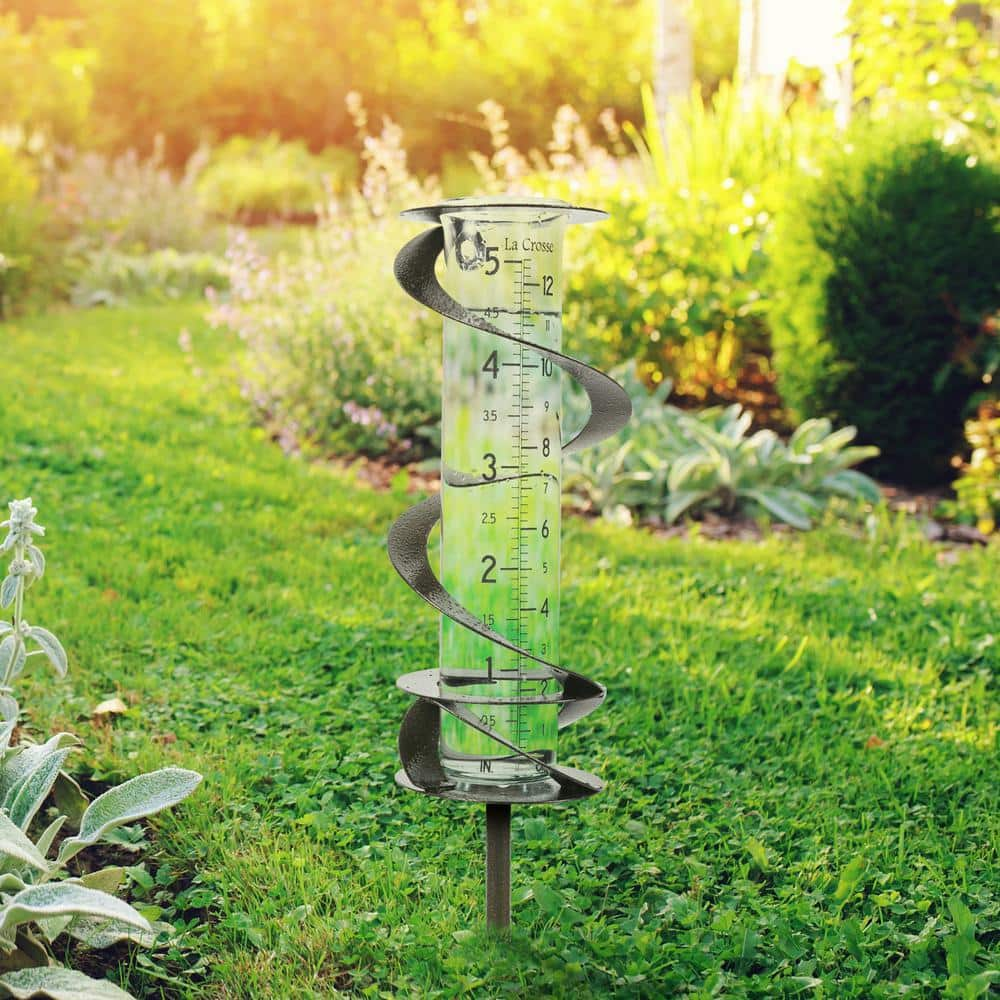The Rain Gauge: Equipping Neighborhoods with Exact Rain Data
The Rain Gauge: Equipping Neighborhoods with Exact Rain Data
Blog Article
How to Choose the Right Rainfall Gauge for Accurate Rainfall Data
To acquire trustworthy measurements, it is essential to pick the ideal rain scale. Thinking about factors such as location, kind, and accuracy of the rainfall gauge will certainly help make sure exact information collection. In addition, comprehending the upkeep and calibration treatments will certainly add to the durability and integrity of your rain gauge.
Importance of Choosing the Right Rainfall Gauge
The relevance of selecting the right rainfall gauge lies in getting accurate and reputable rainfall data for exact atmospheric analysis. Rain data is vital for a large range of applications, including weather condition projecting, hydrological modeling, and climate research study. Imprecise or unreliable information can result in wrong verdicts and flawed decision-making processes.

Second of all, the precision and precision of the rainfall gauge are extremely important. The scale must be able to measure rainfall with high accuracy, catching also little amounts of rainfall accurately.
Moreover, the location and installation of the rainfall gauge are critical factors to consider. It must be placed in an open location, away from blockages that can affect rains measurements. The scale should be positioned at an appropriate height and angle to avoid spilling and ensure appropriate catchment of rain.
Elements to Take Into Consideration When Picking a Rainfall Scale
When choosing a rainfall scale, there are a number of vital aspects to consider. These aspects can significantly affect the precision and reliability of the rainfall information accumulated. The first element to take into consideration is the sort of rain gauge. There are various kinds available, including common rain assesses, tipping bucket rainfall determines, and weighing rain assesses. Each kind has its very own advantages and drawbacks, so it is vital to pick one that best suits your particular demands and needs.
An additional variable to take into consideration is the product of the rainfall scale. Rainfall gauges can be made from different products, such as metal, glass, or plastic. The product selected must be sturdy and resistant to weather problems, ensuring that the rain scale will certainly hold up against the components and supply precise dimensions with time.
Precision is likewise an important aspect to think about. Search for rain evaluates that have actually been adjusted and evaluated for accuracy. Attributes such as anti-splash rings and funnels can additionally enhance the accuracy of the dimensions.

Finally, consider the climate and setting in which the rainfall scale will be used. Various rain evaluates appropriate for various environments, so it is essential to choose one that is appropriate for the conditions in your area.
Various Sorts Of Rainfall Gauges Offered
To better explore the aspects to think about when choosing a rain scale, it is necessary to comprehend the various kinds of rainfall determines available. There are a number of sorts of rainfall evaluates, each with its very own benefits and drawbacks. One of the most usual kind is the basic rainfall scale, additionally recognized as the round rainfall scale. This type contains a straight-sided round container with a funnel-shaped top. It click over here is basic to utilize and offers exact dimensions of rains.
Another type of rain scale is the tipping pail rain gauge. This gauge uses a seesaw-like device to accumulate and determine rainfall. As the rainfall comes under the scale, it fills up one side of the bucket, creating it to tip and clear the water. The variety of ideas is counted digitally to determine the quantity of rainfall. Tipping bucket rain determines are prominent for their precision and capability to measure rains intensity.
A 3rd type of rain gauge is the evaluating rain gauge. This scale uses an equilibrium system to measure the weight of the accumulated rainfall. As the rainfall falls under the gauge, it is gathered in a container attached to an equilibrium. The weight of the water is determined, and the rainfall amount is calculated based on the weight. Considering rain determines are extremely exact however can be extra pricey and require regular upkeep.
Finally, there are additionally remote rain assesses that usage advanced innovation to measure rains (The Rain Gauge). These determines use sensing units and transmitters to send out data wirelessly to a central system. Remote rain assesses are hassle-free for keeping an eye on rains in hard-to-reach locations or for large data collection
Exactly How to Establish the Precision of a Rain Gauge
One method to assess the precision of a rainfall scale is by conducting regular calibration measurements. Calibration includes contrasting the readings of a rainfall scale to a basic measurement, such as a licensed rainfall scale or a climate station with high accuracy. By comparing the dimensions, any type of disparities or errors in the rainfall gauge can be recognized and accounted for.
To perform a calibration measurement, start by collecting rains data from both the rain gauge and the common dimension tool over a details time period, such as a month. Then, contrast the analyses and compute the distinction in between them. This distinction is called the calibration mistake.
It is essential to note that calibration dimensions need to be executed consistently, as ecological aspects, such as debris, temperature level, and wind, can influence the precision of the rain gauge with time. By carrying out regular calibrations, any kind of modifications in the accuracy of the rainfall scale can be found and modifications can be made accordingly.
Along with calibration, it is also advised to clean and maintain the rainfall gauge frequently to Click This Link ensure its precision. Remove any type of debris or blockages that may impact the accuracy of the dimensions, and examine for any type of signs of damages or use that might require repair services or replacement.
Tips for Preserving and Adjusting Your Rainfall Gauge
Normal maintenance and calibration are vital for guaranteeing the precision and reliability of your rain scale in measuring rains information (The Rain Gauge). By following a few straightforward suggestions, you can ensure that your rainfall scale is correctly preserved and adjusted
Firstly, it is crucial to cleanse your rain scale on a regular basis to avoid any kind of debris or dust top article from obstructing the rain collection mechanism. Make use of a mild detergent and a soft brush to delicately cleanse the inside and outside of the gauge. Wash it extensively with tidy water and permit it to completely dry completely before reinstalling it.
Secondly, it is suggested to adjust your rainfall scale a minimum of yearly. Calibration includes contrasting the measurements of your rain scale with those of a relied on and exact reference gauge. This will aid you determine and fix any type of prospective mistakes in your rainfall scale's dimensions.
To adjust your rainfall scale, gather a recognized quantity of water utilizing a determining container and compare it with the dimensions taped by your rainfall gauge. Change the readings accordingly to make sure precision.

Final Thought
In conclusion, picking the ideal rain scale is vital for acquiring accurate rains data. When choosing a rainfall gauge, aspects such as budget, function, and area ought to be taken into consideration. There are different sorts of rainfall evaluates readily available, each with their very own advantages and restrictions. It is very important to consistently maintain and adjust your rain gauge to ensure its precision. By complying with these guidelines, accurate rainfall information can be obtained for numerous applications.
There are different types readily available, including common rainfall determines, tipping bucket rainfall determines, and considering rainfall determines.To even more discover the aspects to think about when picking a rainfall gauge, it is crucial to recognize the various kinds of rainfall assesses offered. The most typical type is the basic rain gauge, also known as the round rainfall gauge.One more type of rainfall scale is the tipping container rain scale. Calibration entails contrasting the readings of a rain scale to a typical dimension, such as a licensed rain scale or a weather condition station with high accuracy.
Report this page